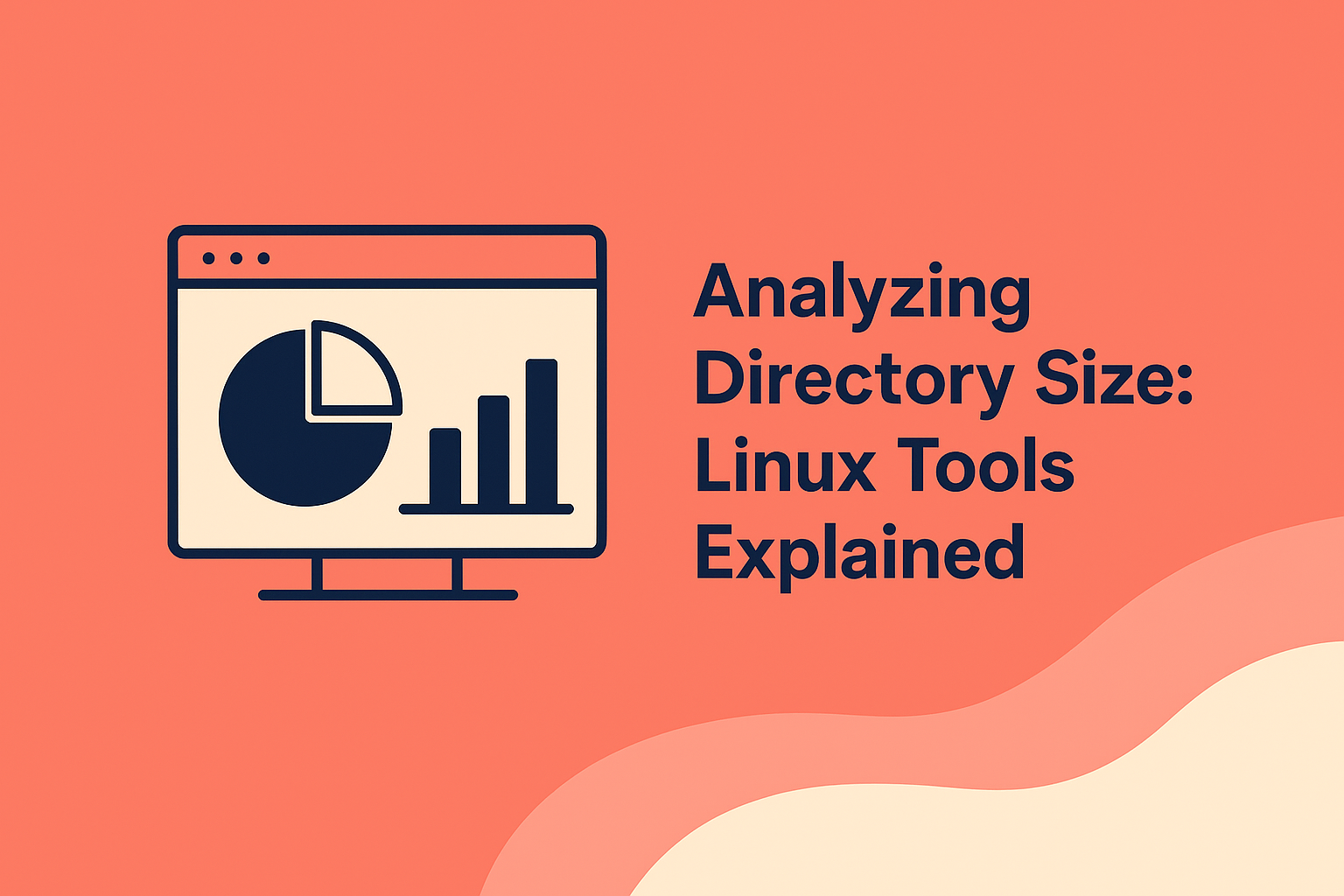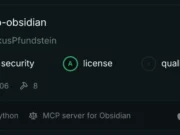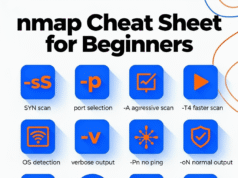Arch is a versatile tool designed to enhance the functionality and efficiency of agentic applications by combining intelligent infrastructure with large language models (LLMs).
It acts as a proxy for managing tasks, integrating APIs, and ensuring secure and efficient operations for applications that rely heavily on natural language processing.
Core Functions Of Arch
- Prompt Handling and Security:
Arch is engineered to process complex user prompts, which are often ambiguous or nuanced.- It includes a “Prompt Guard” feature that prevents unauthorized or harmful actions, such as jailbreak attempts, ensuring safe interactions without requiring additional coding.
- Task Routing and Function Calling:
Arch excels at routing tasks intelligently to achieve high accuracy and speed. It can extract parameters from user prompts to make API calls or execute backend workflows.- This capability is crucial for building domain-specific agentic applications, such as insurance claim management or currency exchange systems.
- Observability and Traffic Management:
Arch centralizes observability by implementing the W3C Trace Context standard, enabling detailed request tracing across applications. It provides metrics like latency, token usage, and error rates to optimize performance. Additionally, it manages traffic with smart retry mechanisms and resilient connections for continuous availability. - Integration with APIs and LLMs:
Built on Envoy Proxy, Arch integrates seamlessly with backend APIs and LLMs like OpenAI’s GPT models. It supports multiple LLM providers, allowing developers to route tasks to the most suitable model based on application requirements. - Personalization:
By leveraging its ability to map prompts into specific backend functions, Arch enables hyper-personalized workflows tailored to user needs.- This makes it ideal for enterprises aiming to streamline operations through automation.
Arch is particularly effective in scenarios requiring real-time data processing and decision-making:
- Automating API interactions for data retrieval.
- Backend task automation for improved service delivery.
- Enhancing user experience by understanding intent and executing corresponding functions.
To use Arch, developers need basic prerequisites like Docker and Python. Configuration files define LLM providers, prompt guards, and endpoints.
Once set up, Arch can be used via its CLI or integrated into applications using HTTP requests.
In summary, Arch empowers developers to build fast, secure, and personalized agentic applications by simplifying the complexities of prompt handling, task routing, and observability.












%20Works.png)




